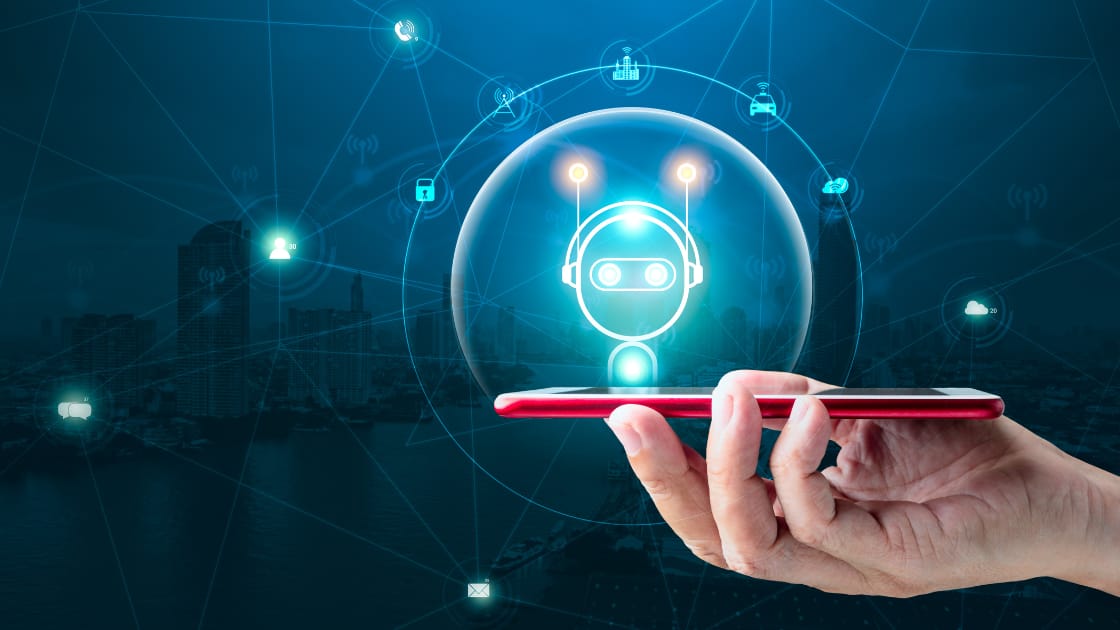



August 29, 2023
Chatbots have become a popular tool for businesses to enhance customer service and engagement. They are powered by artificial intelligence (AI) and machine learning (ML) algorithms that enable them to communicate with users through text or voice. However, for chatbots to be effective, they need to have access to relevant data that can help them understand user needs and preferences. This is where data annotation comes in. In this blog, we will discuss how data annotation can enhance the performance of ChatGPT, an AI-powered chatbot.
Data annotation is the process of adding additional information to existing data to enhance its value. The additional information can include demographic data, geographic data, behavioral data, and psychographic data. Data annotation is essential for businesses that want to gain deeper insights into their customers and create personalized experiences.
Data annotation can be done in various ways, including:
So how does data annotation enhance the performance of ChatGPT? Let’s understand.
ChatGPT is an AI-powered chatbot that uses natural language processing (NLP) algorithms to understand and respond to user queries. By enriching the data used by ChatGPT, businesses can enhance the performance of the chatbot in several ways.
Data annotation allows businesses to gain deeper insights into their customers’ behavior and preferences. With this information, ChatGPT can provide personalized responses to users based on their past interactions, preferences, and interests. For example, if a user has previously expressed an interest in a particular product or service, ChatGPT can use this information to provide relevant recommendations or promotions.
Let’s say a user is interested in purchasing a new smartphone. They initiate a conversation with ChatGPT and ask for recommendations. By analyzing the user’s past interactions and purchase history, ChatGPT can provide personalized recommendations based on the user’s budget, preferred features, and brand preferences.
Data annotation can also improve the accuracy of ChatGPT’s responses. By adding more data to the system, ChatGPT can better understand the context of a user’s query and provide more accurate and relevant responses. For example, if a user asks for the best restaurant in a particular location, ChatGPT can use geographic data to provide accurate recommendations based on the user’s current location.
Suppose a user is traveling to a new city and wants to find a good restaurant nearby. They initiate a conversation with ChatGPT and ask for recommendations. By analyzing the user’s location data and restaurant preferences, ChatGPT can provide personalized recommendations that are tailored to the user’s specific needs.
Data annotation can also improve the efficiency of ChatGPT. By having access to more data, ChatGPT can quickly identify and resolve user queries without the need for human intervention. This can help businesses save time and resources while improving customer satisfaction.
Let’s say a user has a problem with a product they purchased from a business. They initiate a conversation with ChatGPT to seek assistance. By analyzing the user’s past interactions and purchase history, ChatGPT can quickly identify the problem and provide a solution without the need for human intervention. This can help businesses save time and resources while providing quick and efficient customer service.
Data annotation can provide businesses with more comprehensive customer insights. By analyzing the enriched data, businesses can identify patterns and trends in customer behavior, which can help them improve their products and services. ChatGPT can also use this data to provide more relevant and personalized responses to users.
Suppose a business wants to understand the preferences and behavior of its customers. They can use data annotation to gather demographic, geographic, and psychographic data from various sources, such as social media, customer surveys, and sales data. By analyzing this data, the business can gain insights into the preferences and behavior of its customers, such as their age, gender, location, interests, and buying habits. ChatGPT can then use this data to provide personalized recommendations and promotions to users based on their preferences and behavior.
With the increasing popularity of chatbots in today’s digital landscape, data annotation has become a crucial tool for businesses looking to stay ahead of the curve and provide excellent customer experiences. Businesses should choose the appropriate data annotation techniques based on their specific needs and goals. By leveraging data annotation, they can create a chatbot that is more than just a simple automated response system but rather a tool that provides personalized, accurate, and efficient service to customers.
Read more: